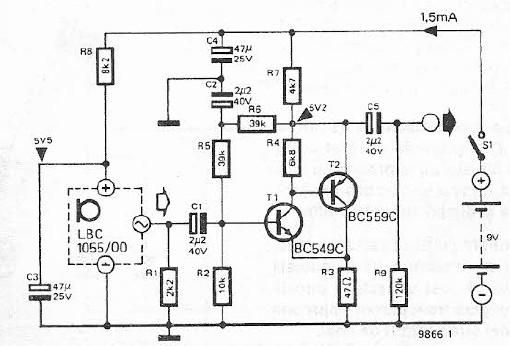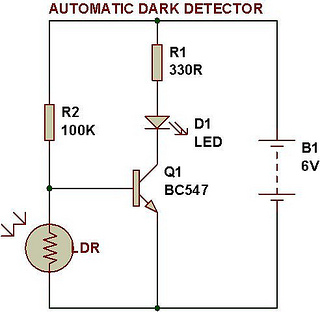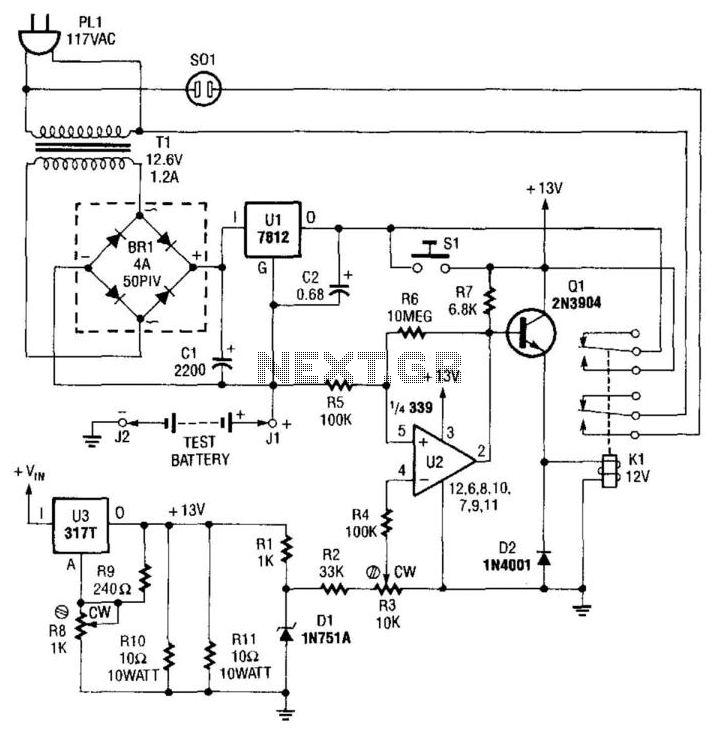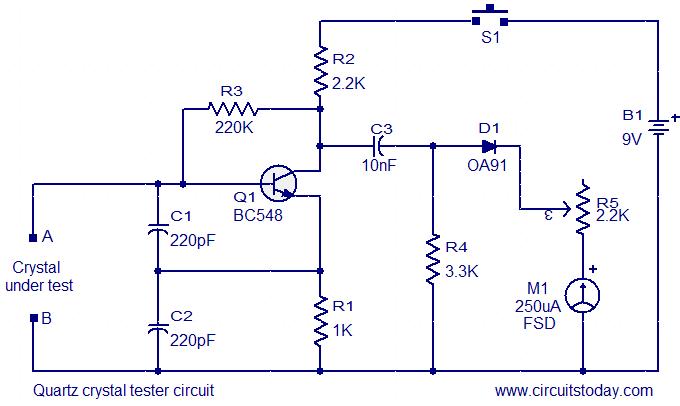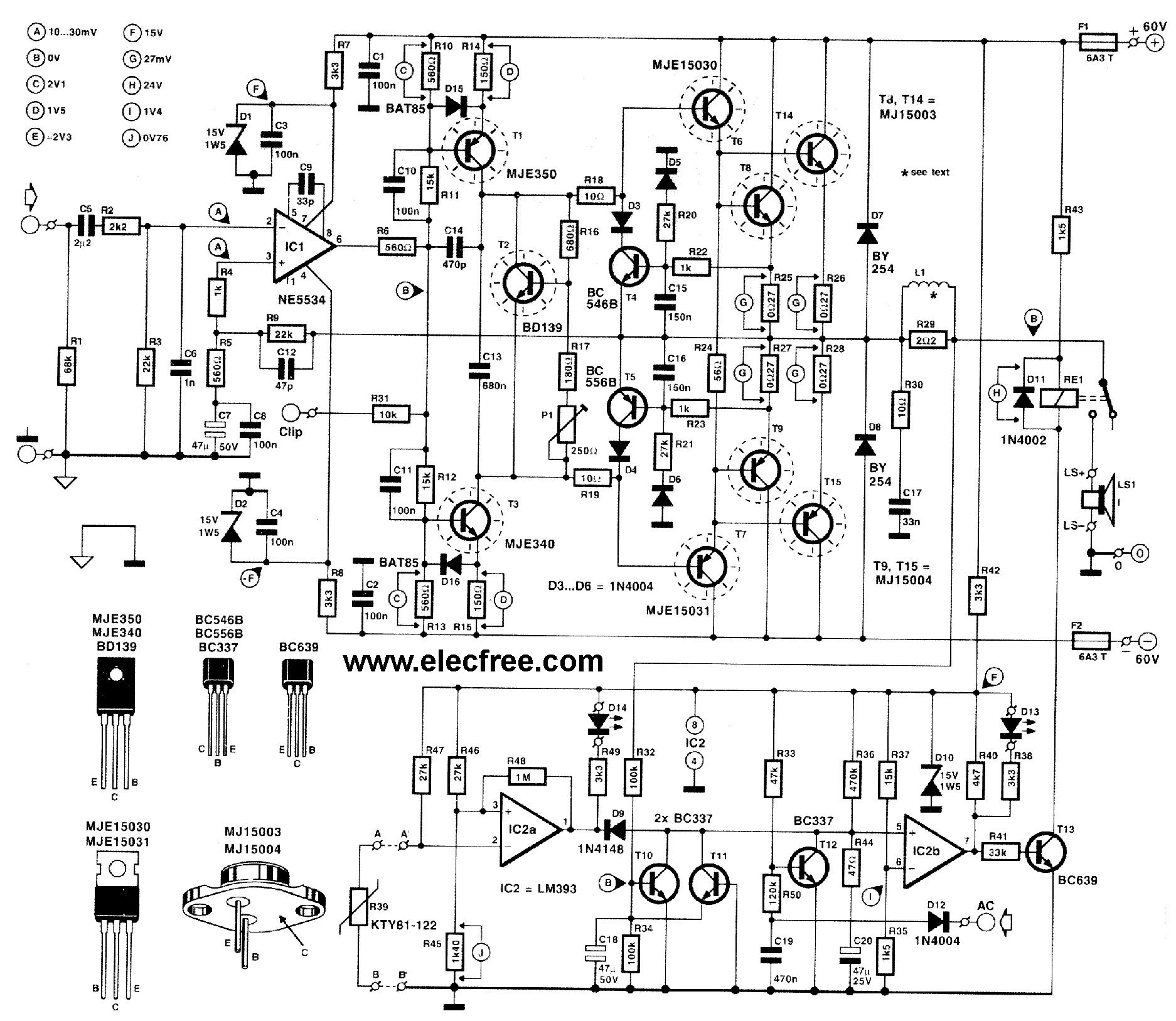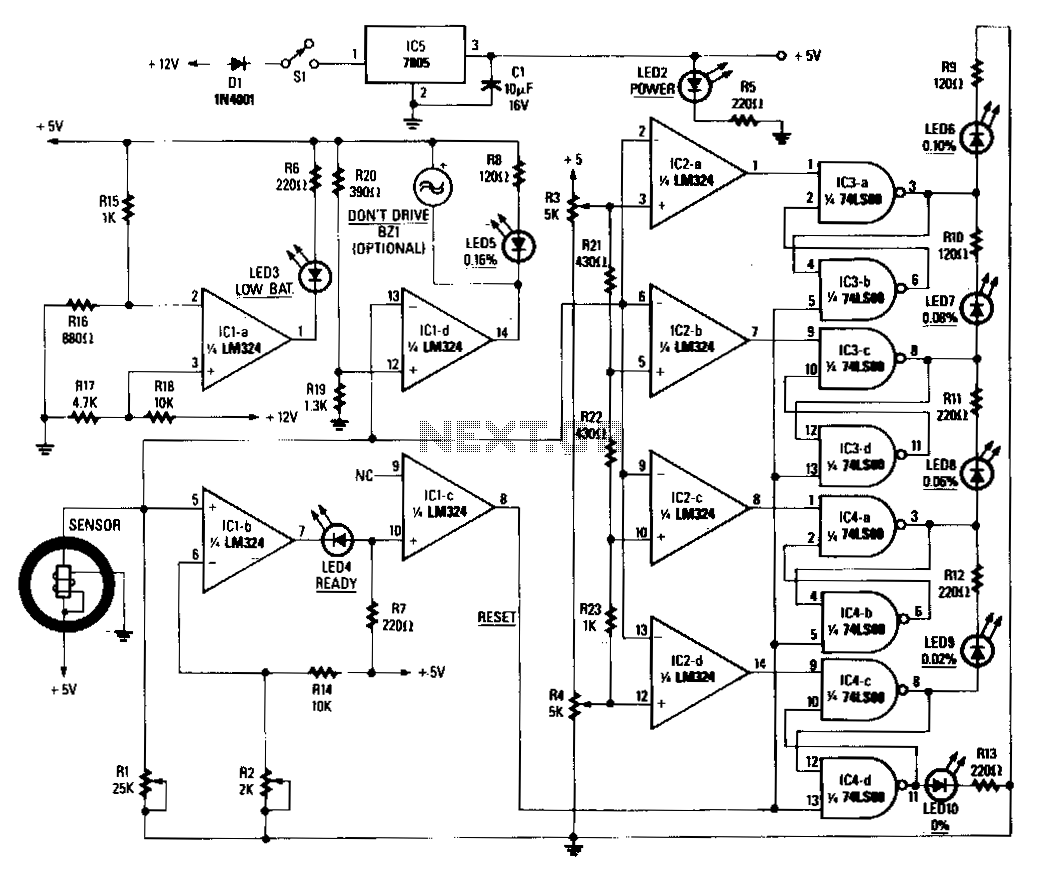
Transistor Tester
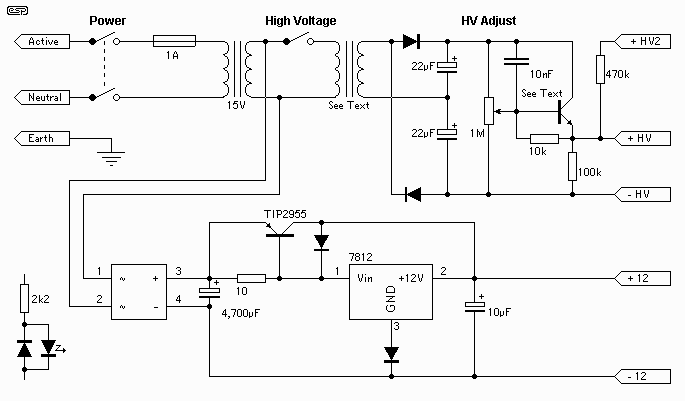
When building amplifiers, it is often necessary to test transistors, either to verify that they (still) work, or for some esoteric designs it may even be necessary to match certain characteristics. The design featured here is just what you need, and provides the ability to test: * Gain (also referred to as hFE or Beta) * Gain at various collector currents up to 5A * Breakdown voltage (with or without Rbe - value is selectable) More: As with some of my other projects, this is not particularly cheap to build, but if my own unit is anything to go by will give many years of faithful service.
The described circuit is a transistor tester designed to evaluate critical parameters of bipolar junction transistors (BJTs), specifically focusing on gain characteristics, collector current handling, and breakdown voltage. The tester can measure the DC current gain (hFE or Beta) of the transistor under test, which is essential for assessing the performance of amplifiers in various applications.
The circuit is capable of testing transistors at various collector currents, with a maximum rating of 5A, allowing for a broad range of devices to be assessed, from low-power transistors to high-power switching devices. This feature is crucial for applications in audio amplifiers, RF amplifiers, and power electronics, where transistor performance can significantly impact overall circuit behavior.
Additionally, the tester includes the capability to measure the breakdown voltage of the transistor, which is vital for ensuring that the device operates within its safe limits. The inclusion of a selectable resistor (Rbe) allows for testing under different conditions, providing flexibility in the testing process.
The design may involve components such as operational amplifiers for signal conditioning, a microcontroller for processing measurements, and a user interface for displaying results. A variable high voltage source may also be integrated to facilitate breakdown voltage testing, ensuring that the circuit can accommodate various transistor types and specifications.
While the construction of this tester may require a higher investment in components and materials, the longevity and reliability of the device, as indicated by previous users, justify the cost. This tester is an invaluable tool for electronics engineers and hobbyists alike, providing essential data for the selection and matching of transistors in amplifier designs.When building amplifiers, it is often necessary to test transistors, either to verify that they (still) work, or for some esoteric designs it may even be necessary to match certain characteristics. The design featured here is just what you need, and provides the ability to test: * Gain (also referred to as hFE or Beta) * Gain at various collector currents up to 5A * Breakdown voltage (with or without Rbe - value is selectable)
As with some of my other projects, this is not particularly cheap to build, but if my own unit is anything to go by will give many years of faithful service. (I have actually had mine for so long that the variable high voltage source was using a valve - i 🔗 External reference
The described circuit is a transistor tester designed to evaluate critical parameters of bipolar junction transistors (BJTs), specifically focusing on gain characteristics, collector current handling, and breakdown voltage. The tester can measure the DC current gain (hFE or Beta) of the transistor under test, which is essential for assessing the performance of amplifiers in various applications.
The circuit is capable of testing transistors at various collector currents, with a maximum rating of 5A, allowing for a broad range of devices to be assessed, from low-power transistors to high-power switching devices. This feature is crucial for applications in audio amplifiers, RF amplifiers, and power electronics, where transistor performance can significantly impact overall circuit behavior.
Additionally, the tester includes the capability to measure the breakdown voltage of the transistor, which is vital for ensuring that the device operates within its safe limits. The inclusion of a selectable resistor (Rbe) allows for testing under different conditions, providing flexibility in the testing process.
The design may involve components such as operational amplifiers for signal conditioning, a microcontroller for processing measurements, and a user interface for displaying results. A variable high voltage source may also be integrated to facilitate breakdown voltage testing, ensuring that the circuit can accommodate various transistor types and specifications.
While the construction of this tester may require a higher investment in components and materials, the longevity and reliability of the device, as indicated by previous users, justify the cost. This tester is an invaluable tool for electronics engineers and hobbyists alike, providing essential data for the selection and matching of transistors in amplifier designs.When building amplifiers, it is often necessary to test transistors, either to verify that they (still) work, or for some esoteric designs it may even be necessary to match certain characteristics. The design featured here is just what you need, and provides the ability to test: * Gain (also referred to as hFE or Beta) * Gain at various collector currents up to 5A * Breakdown voltage (with or without Rbe - value is selectable)
As with some of my other projects, this is not particularly cheap to build, but if my own unit is anything to go by will give many years of faithful service. (I have actually had mine for so long that the variable high voltage source was using a valve - i 🔗 External reference
